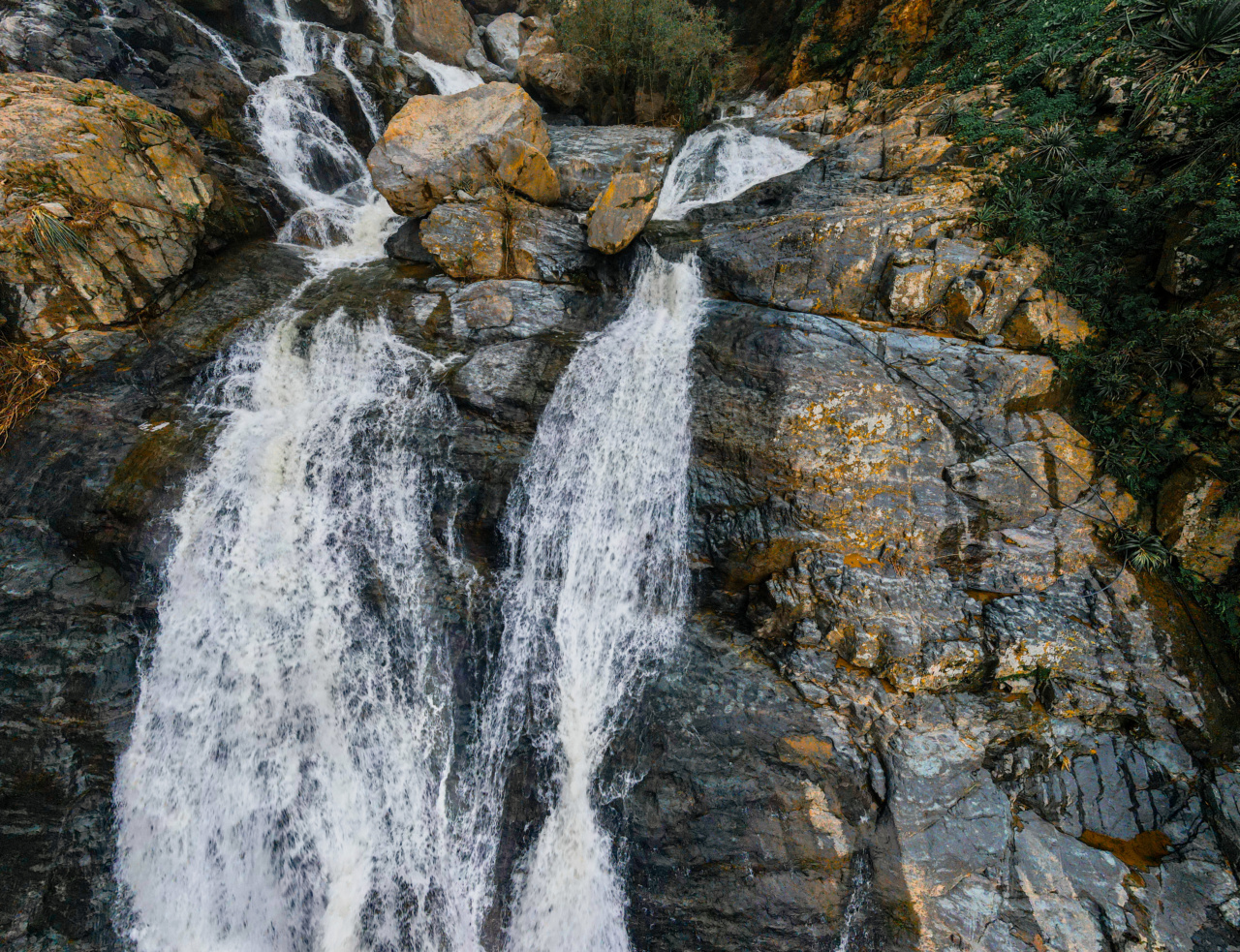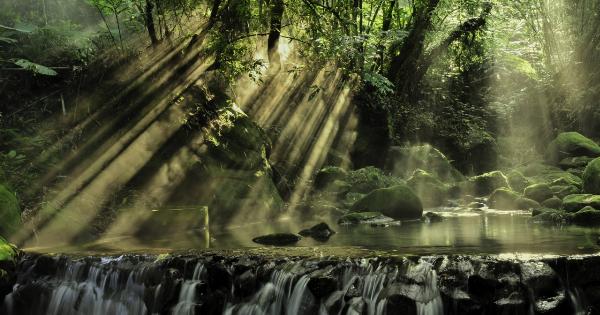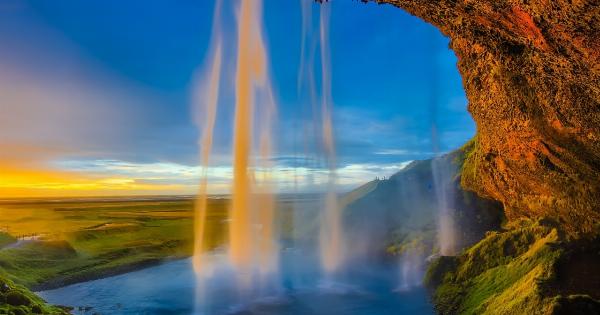Waterfalls are striking natural wonders that attract visitors from all over the world. Their majestic beauty and powerful cascades can captivate anyone who lays eyes on them.
However, it is important to be aware that waterfalls can also pose significant risks. Understanding these risks is crucial for anyone planning to visit a waterfall, as it allows for proper preparation and ensures a safe and enjoyable experience. In this article, we will discuss the main waterfall risks that you should be aware of.
1. Slippery and Uneven Terrain
One of the most prevalent risks associated with waterfalls is the presence of slippery and uneven terrain. Waterfalls often have rocks, moss, and wet surfaces, making it easy to lose your footing.
This hazard is particularly concerning near the edges of the falls, where the ground can be unstable. It is important to exercise caution and wear appropriate footwear with good traction when exploring waterfall areas.
2. Falling from Heights
Waterfalls are renowned for their height, and unfortunately, falling from these heights is a very real danger. Climbing on rocks near the edge of a waterfall or trying to get a better view can lead to serious accidents.
It is crucial to respect safety barriers and signage and to stay in designated viewing areas. Never venture too close to the edge and avoid climbing on rocks that are wet or slippery.
3. Strong Currents
Another significant risk when dealing with waterfalls is the strength of the currents. The force at which the water descends can create powerful and unpredictable currents in the surrounding pools and streams.
Even seemingly calm bodies of water can have hidden undercurrents. Swimming or getting too close to the waterfall can be extremely dangerous, as the current can easily sweep you away. Always adhere to warning signs and refrain from swimming in prohibited areas.
4. Rockfalls
Waterfalls are constantly eroding the rocks around them, making rockfalls a genuine threat. Falling debris, such as rocks and branches, can occur spontaneously and without warning.
This risk is particularly high during or after heavy rainfall or strong winds. Stay away from areas where falling rocks are likely, and be vigilant of your surroundings at all times.
5. Flash Floods
Flash floods are a sudden and rapid rise in water levels, which can occur in waterfall areas due to heavy rainfall upstream. These floods can be extremely dangerous, as they are capable of sweeping away everything in their path.
Do not underestimate the power of water and be vigilant for any signs of flooding in the surrounding areas. It is advisable to check weather forecasts before visiting waterfalls, especially during the rainy season.
6. Hypothermia
Waterfalls often produce a significant amount of moisture in the air, creating a cooler microclimate in their vicinity.
Additionally, the water in the pools and streams can be much colder than expected, especially if it originates from glaciers or high-altitude sources. Prolonged exposure to cold water can lead to hypothermia, a potentially life-threatening condition. Always dress appropriately, and avoid swimming or submerging yourself in water if you are not adequately prepared for the low temperatures.
7. Wildlife Hazards
Waterfall areas are typically rich in wildlife, which can include both harmless and potentially dangerous animals. In some regions, waterfalls may attract bears, snakes, or other wildlife that can pose risks to visitors.
It is important to familiarize yourself with the wildlife in the area and take precautions such as keeping food securely stored and never approaching or feeding any animals you encounter.
8. Lack of Safety Facilities
Many waterfall locations are found in remote or natural areas, where the availability of safety facilities might be limited.
It is essential to plan your visit accordingly and take into account the absence of certain amenities such as first aid stations or emergency phones. Carry a well-stocked first aid kit, have a reliable means of communication, and inform someone about your plans and estimated return time.
9. Weather Conditions
Weather conditions play a significant role in waterfall risks. Heavy rain can increase the flow of water, intensify currents, and make rocks more slippery.
Thunderstorms can result in lightning strikes, which can be particularly hazardous around exposed areas such as waterfalls. It is crucial to check weather forecasts beforehand and postpone your visit if adverse weather conditions are predicted.
10. Inadequate Preparedness and Training
Finally, one of the biggest risks is the lack of adequate preparedness and training. Many people underestimate the risks associated with waterfalls and fail to educate themselves on safety measures.
It is important to familiarize yourself with potential hazards, learn basic first aid, and acquire relevant skills if you plan to engage in activities such as hiking or rock climbing near waterfalls.






























